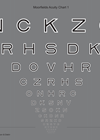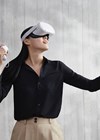A new virtual reality application visually simulates age-related macular degeneration and demonstrates its progression over time including some Charles Bonnet syndrome hallucinations.
Introduction
Age-related macular degeneration (AMD) is the leading cause of blindness in developed countries with the prevalence of this condition only expected to increase as the size of the older population grows [1]. The prevalence of late-stage AMD in the UK was found to be above 4% in those aged 65 and over, increasing to over 12% in those aged over 80 [2]. Even with the rates of diagnosed AMD already being very high, it has been found that the condition often goes under-diagnosed, especially in the older population [3].
Loss of vision due to AMD can negatively affect mental health [4], making daily activities more difficult and often leading to a lower level of physical activity and a poorer quality of life [5]. It can also be quite isolating, with many who suffer reporting that it prevents them from independently reaching local amenities [6]. AMD can also lead to poorer physical health, such as increased risk of falling, which is already higher for the older population [7].
Charles Bonnet syndrome (CBS) manifests in the form of visual hallucinations that occur as a result of vision loss alone, with there being no underlying cognitive impairment. Those affected are often aware that what they are seeing is not real and the hallucinations are rarely frightening or distressing. The hallucinations are well defined (not being affected by any concurrent visual impairment) and can take many forms, from faces and people to buildings and patterns. CBS often goes undiagnosed due to a lack of awareness of physicians and the reluctance of some patients to report their hallucinations for fear of being diagnosed as mentally ill. CBS is most common in the older population, in which AMD being the root cause of visual impairment is typical [8].
Simulations of visual impairments in virtual reality (VR) have been created for a range of purposes – cataracts, glaucoma, AMD, and colour blindness have been simulated in contexts aiming to help architects and interior designers better understand the perspective of those living with these conditions [9]. Another common purpose is to help family, friends, and carers visualise the perspective of those with the visual impairments, thereby increasing empathy. This has been achieved by creating simulations of migraines [10] and simulations of visual impairments such as cataracts, glaucoma, and AMD [11]. Other simulations with this purpose have aimed to increase empathy towards the older population by simulating both visual impairments (such as AMD) and hearing loss [12]. While these simulations are often implemented in virtual environments, some work has been done on applying visual impairments (including AMD, diabetic retinopathy, and glaucoma) to a real-time video feed (where the camera is attached to the front of the headset) [13] and static 360° images [14].
Aims
The primary aim of this project was to create a VR simulation of how the world looks to someone who suffers from AMD, with the parameters of the simulation being customisable by the user. A secondary aim was to simulate several common types of CBS hallucinations.
Method
The simulation was created using Unreal Engine 5 [15], a popular video game engine with all the required capabilities. The headset used was the low-cost, widely available Oculus Rift S [16].
The visual impairment is viewed in a simple virtual world that is intended to be comfortable, familiar, and realistic, without being too distracting. In the AMD simulation, filters are applied directly to the user’s view. These filters are made through a combination of high-level shader language (HLSL) and the visual scripting system built into Unreal Engine 5. The filters are designed to allow for the extent and strength of visual acuity loss, as well as the extent and intensity of the loss of contrast sensitivity (which at the maximum intensity would be a complete central scotoma) to be fully configurable by the user.
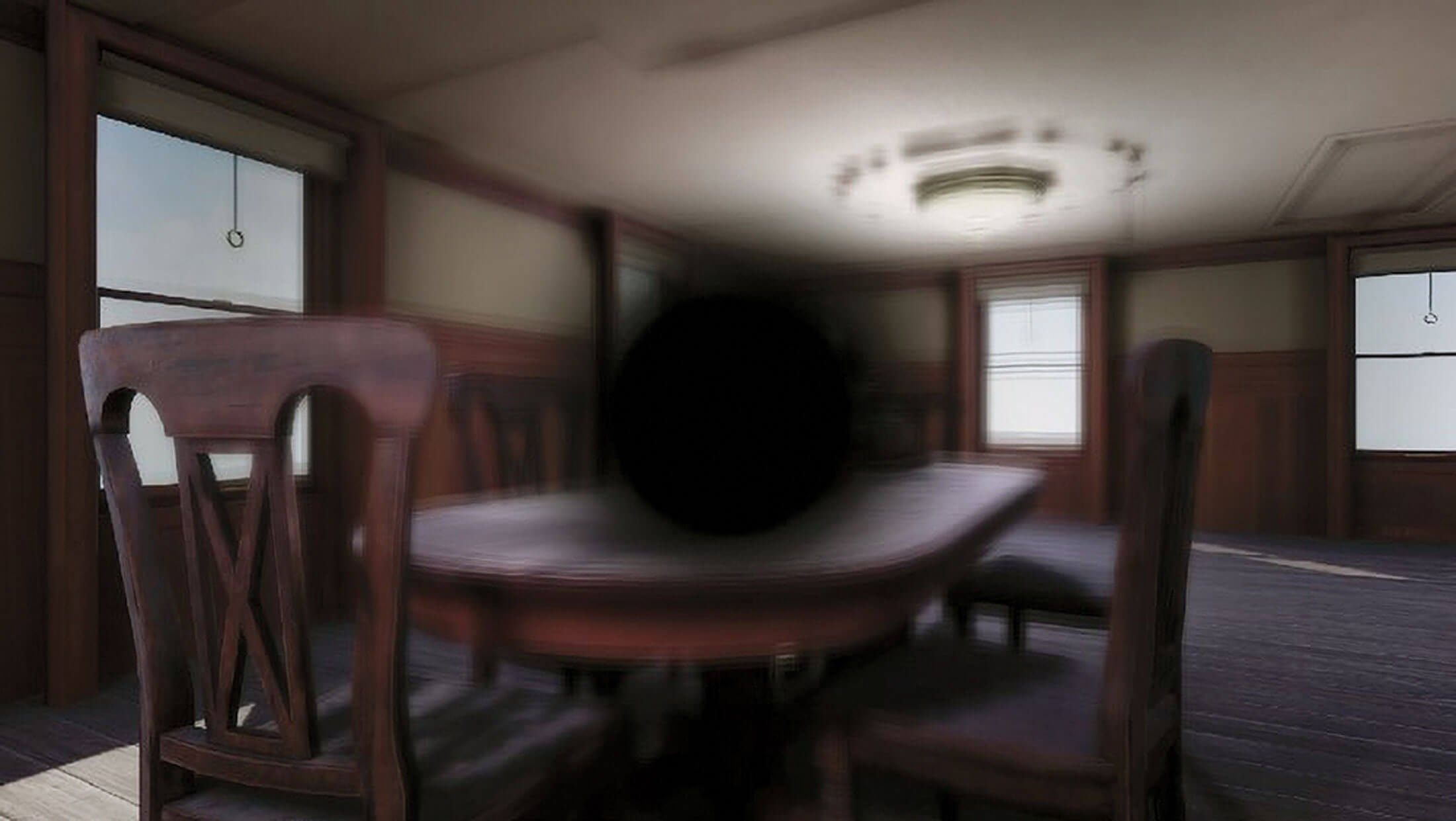
Figure 1: AMD simulation showing both visual acuity loss and central scotoma in virtual world.
Results
An example of the visual impairment simulation can be seen in Figure 1 above.
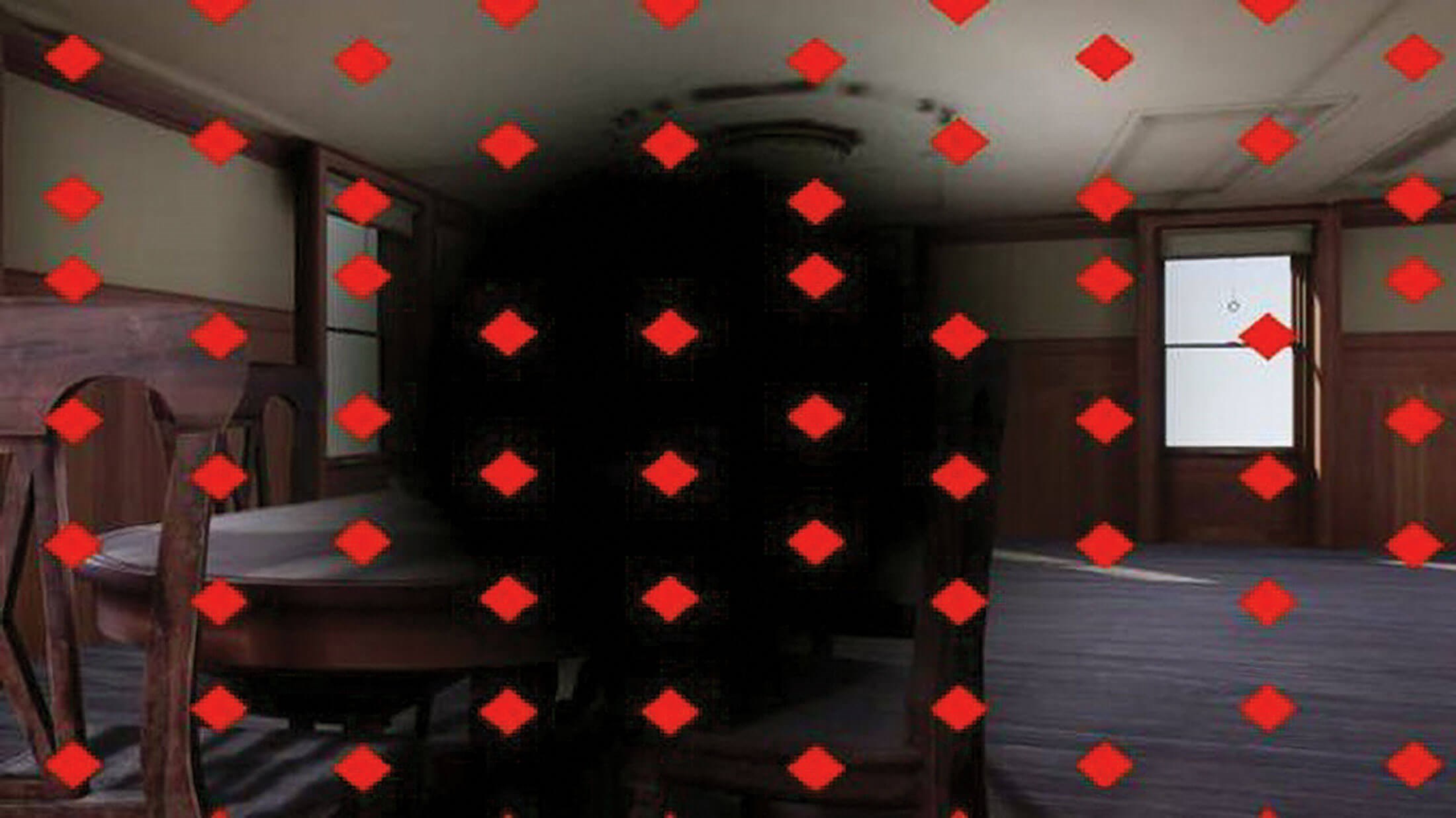
Figure 2: CBS simulation showing geometric diamond pattern.
Several types of CBS hallucinations have been implemented – distorted, disembodied faces that are incorporated directly into the user’s view in a similar way to the AMD visual impairments, and geometric patterns of diamonds that slowly move around the user’s visual field and slowly change colour (Figure 2). Models of children were also made to appear to the user using this method. The child models do not move; they remain fixed in place relative to the user’s field of view. Several models are built in and randomly selected each time the simulation is run.
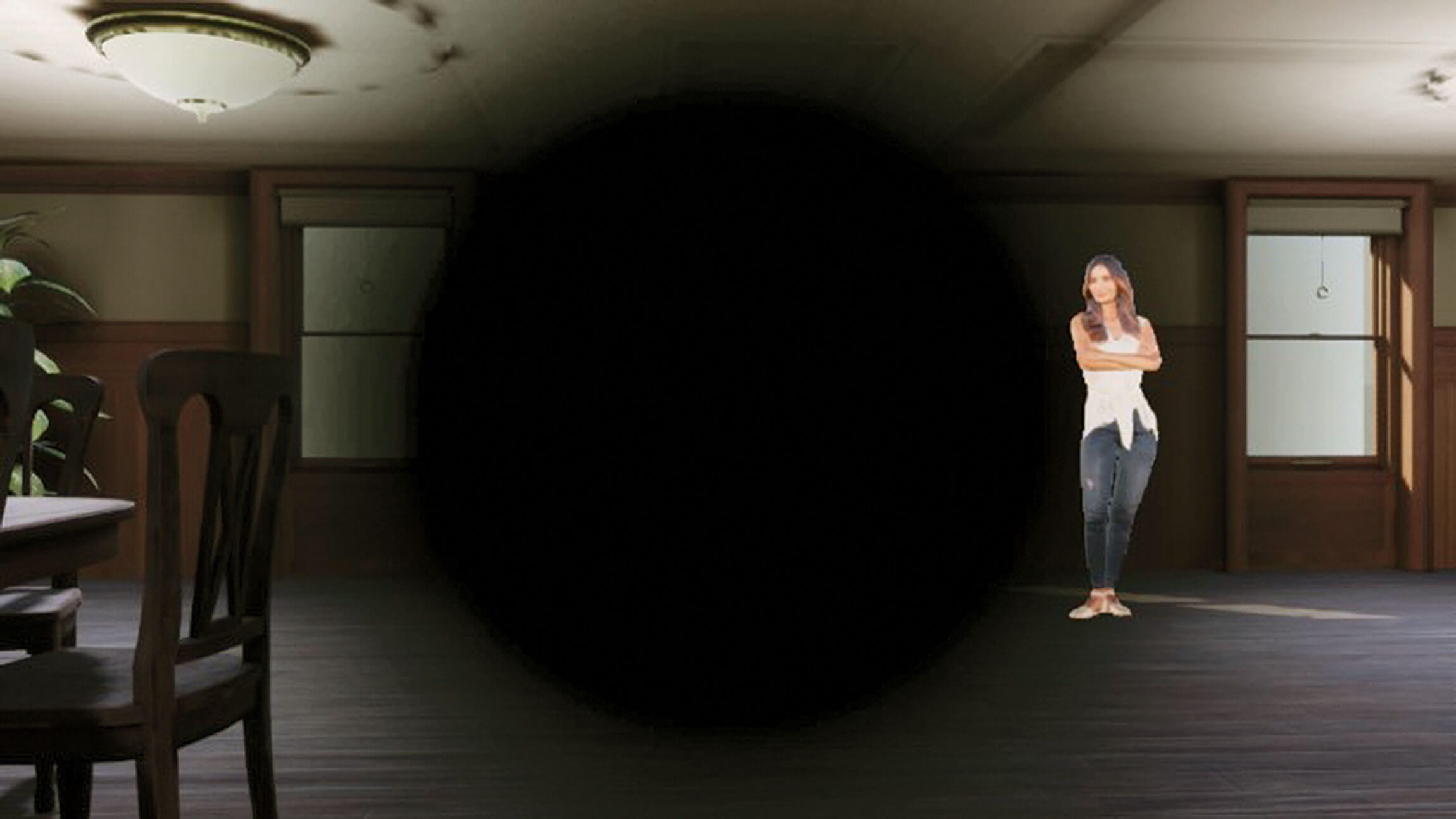
Figure 3: CBS simulation showing a hallucination of a person standing in the room.
Other CBS simulations are more complex, such as a person shown standing in the room with the user. This person remains in a fixed position relative to the room around the user (Figure 3) while being animated and showing internal movement such as crossing and uncrossing their arms.
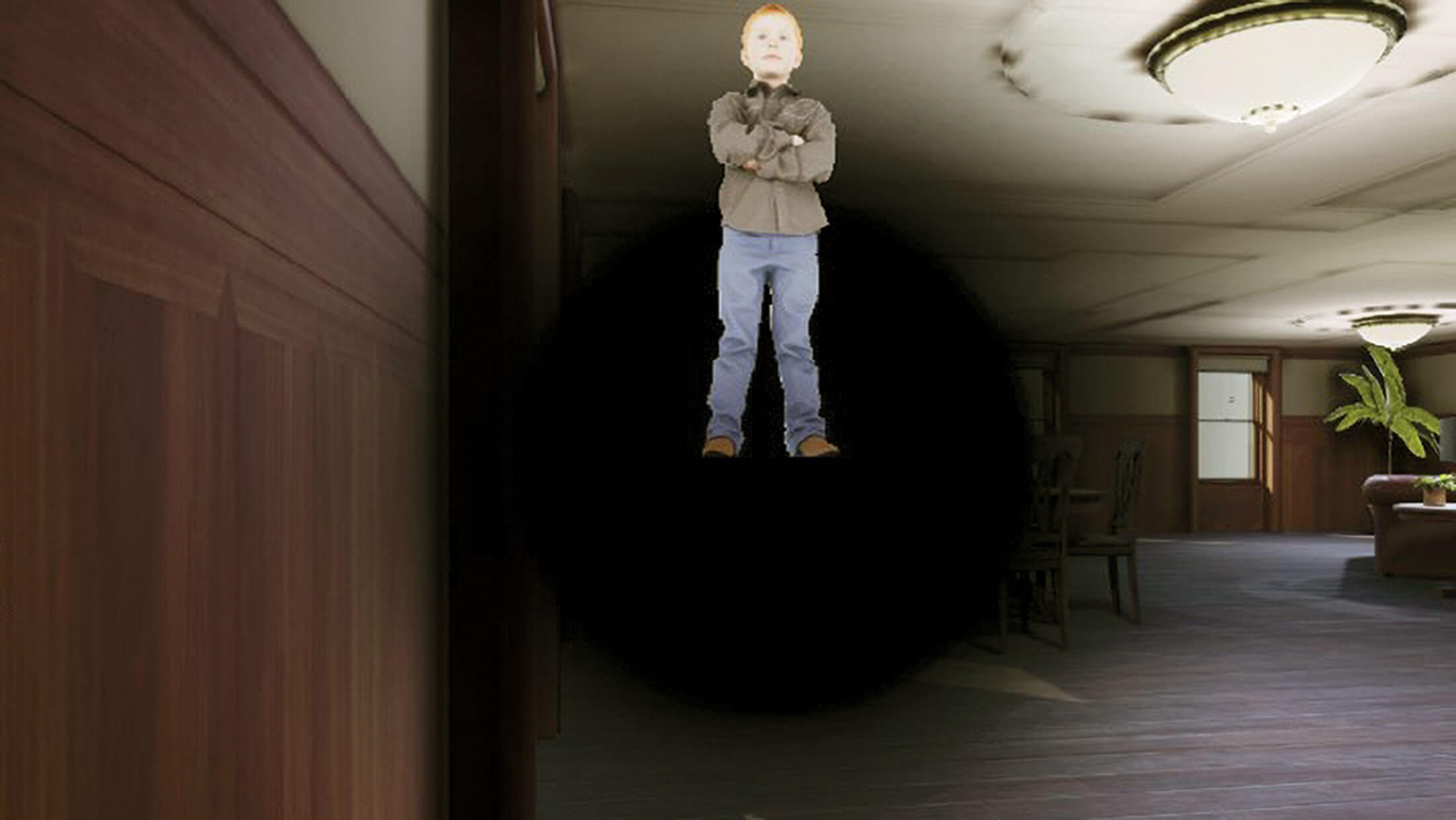
Figure 4: CBS simulation of size-constant child hallucination.
The next type of CBS simulation demonstrates the effect of size-constancy. This occurs when the hallucination appears at the same depth as the surface behind it. This is demonstrated through a model of a child being placed into the virtual world in front of the user and always remaining in a fixed place in the user’s field of view. The model is then moved closer to, or further away from, the user depending on the distance from the viewer to the surface being looked at. The model is then scaled to always appear to be the same size in the user’s field of view.
Conclusions
This project has been successful in creating a working, customisable simulation combining AMD and CBS. The simulation allows for the user to independently control the central visual acuity loss and central vision loss in both size and intensity. The simulation also demonstrated numerous different types of hallucinations commonly experienced by those with CBS including a range of characteristics of these hallucinations.
The simulation environment shown here is ready to be transferred to a higher capability VR system, such as the Varjo XR3, that will facilitate eye tracking (so the visual impairments follow the user’s gaze as it scans the scene) and allow the user to see the visual impairments and hallucinations imposed upon the real world around them, allowing for a more immersive experience of the visual impairments in a familiar and real context. Future work in this project will add more hallucinations and hallucination types to the simulation of CBS as well as more age-related visual impairments, such as cataracts or glaucoma, to turn this into a more comprehensive vision simulation. Further research would also include working with patients, or those close to them, to allow for input from those affected in evaluating the simulation’s effectiveness and accuracy.
TAKE HOME MESSAGES
-
A new, fully customisable virtual reality simulation of age-related macular degeneration.
-
It includes a guided timelapse showing the progression of the condition.
-
It includes some Charles Bonnet syndrome hallucinations showing size constancy plus internal and external movement.
References
1. Wittenborn JS, Clemons T, Regillo C, et al. Economic Evaluation of a Home-Based Age-Related Macular Degeneration Monitoring System. JAMA Ophthalmol 2017;135(5):452-9.
2. Macular degeneration – age-related: How common is it? National Institute for Health and Care Excellence.
https://cks.nice.org.uk/topics/macular-degeneration
-age-related/background-information/prevalence/
3. Macnamara A, Schinazi VR, Chen C, et al. The effect of age-related macular degeneration on cognitive test performance. Sci Rep 2022;12(1):4033.
4. Macnamara A, Coussens S, Chen C, et al. The psychological impact of instrumental activities of daily living on people with simulated age-related macular degeneration. Bjpsych Open 2022;8(5):e152.
5. Higgins BE, Taylor DJ, Bi W, et al. Novel computer-based assessments of everyday visual function in people with age-related macular degeneration. Plos One 2020;15(12):e0243578.
6. Aspinall PA, Borooah S, Al Alouch C, et al. Gaze and pupil changes during navigation in age-related macular degeneration. Br J Ophthalmol 2014;98(10):1393-7.
7. Alexander MS, Lajoie K, Neima DR, et al. Effects of Age-Related Macular Degeneration and Ambient Light on Curb Negotiation. Optom Vis Sci 2014;91(8):975-89.
8. Menon GJ, Rahman I, Menon SJ, Dutton GN. Complex visual hallucinations in the visually impaired: The Charles Bonnet Syndrome. Surv Ophthalmol 2003;48(1):58-72.
9. Zhang Y, Codinhoto R. Developing a visually impaired older people Virtual Reality (VR) simulator to apply VR in the aged living design workflow. 2020 24th International Conference Information Visualisation (IV) 2020:226-35.
10.Misztal S, Carbonell G, Zander L, Schild J. Simulating Illness: Experiencing Visual Migraine Impairments in Virtual Reality. 2020 IEEE 8th International Conference on Serious Games and Applications for Health (SeGAH) 2020:1-8.
11. Stock S, Erler C, Stork W. Realistic simulation of progressive vision diseases in virtual reality. VRST ‘18: Proceedings of the 24th ACM Symposium on Virtual Reality Software and Technology 2018;(117):1-2.
12. Dyer E, Swartzlander BJ, Gugliucci MR. Using virtual reality in medical education to teach empathy. J Med Libr Assoc 2018;106(4):498-500.
13. Velazquez R, Sanchez CN, Pissaloux EE. Visual Impairment Simulator Based on the Hadamard Product. Electronic Notes in Theoretical Computer Science 2016;329:169-79.
14. Krosl K, Elvezio C, Hurbe M, et al. XREye: Simulating Visual Impairments in Eye Tracked XR. 2020 IEEE Conference on Virtual Reality and 3D User Interfaces Abstracts and Workshops (VRW) 2020:830-1.
15. Unreal Engine – The most powerful real-time 3D creation tool. Epic Games.
https://www.unrealengine.com/en-US
16. Oculus Rift S: PC-powered VR gaming headset. Facebook Technologies.
https://www.oculus.com/rift-s/
[All links last accessed March 2023]
Declaration of competing interests: This research was funded by the Legal & General Group (research grant to establish the independent Advanced Care Research Centre at University of Edinburgh). The funder had no role in conduct of the study, interpretation, or the decision to submit for publication. The views expressed are those of the authors and not necessarily those of Legal & General. Baljean Dhillon recieved a travel grant from Apellis 2023.
COMMENTS ARE WELCOME







